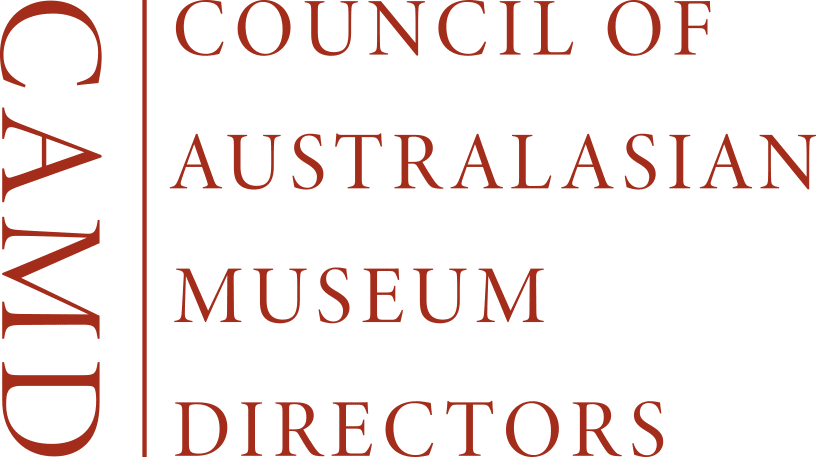Meet the Giants: The Heaviest Insects in Queensland Museum’s Collection, Queensland Museum, 1 August 2025
When you think of insects, you might picture something tiny – a fly, a mosquito, or a beetle. But Queensland has produced some truly gigantic bugs.
Queensland Museum is home to one of the most significant insect collections in the country. Our Entomology Collection holds around 4 million specimens, representing everything from delicate butterflies to beetles, wasps, and some of the heaviest insects in the world.
This includes the newly described giant stick insect Acrophylla alta – which has been dominating news headlines recently.
In celebration of our big and beautiful insects, let’s meet four of the heaviest in our collection.
1. Acrophylla alta – Giant Stick Insect
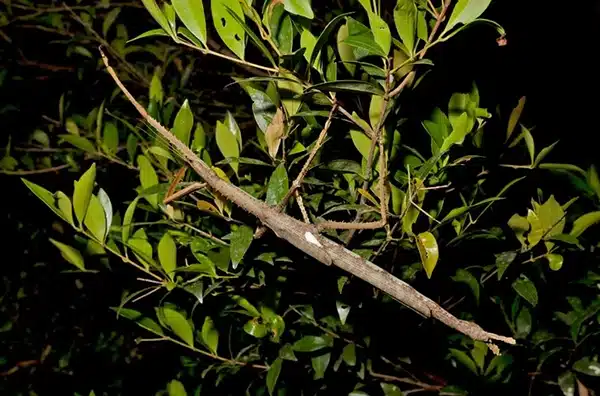
Found in the high-altitude rainforest canopy of the Atherton Tablelands, Acrophylla alta Giant Stick Insect is potentially Australia’s heaviest insect, weighing in at 44 grams and stretching up to 42.5 centimetres in length, which is around the length of an average adult forearm.
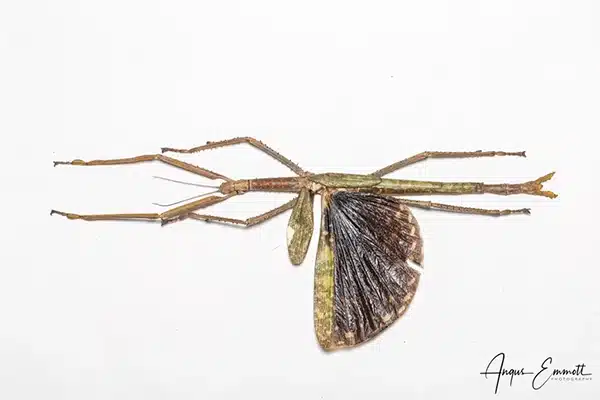
The female specimen was collected after being knocked down during a storm – one of the few ways to access creatures that live high in the treetops.
Fun fact: Each stick insect species lays eggs with unique shapes and textures. In this case, it was the eggs that helped confirm it was a species new-to-science.
While the female has been formally described, researchers are still searching for the elusive male, which is likely smaller, slimmer, and incredibly hard to spot. Both female specimens are now part of the Queensland Museum Entomology Collection.
2. Endoxyla cinereus – The Giant Wood Moth
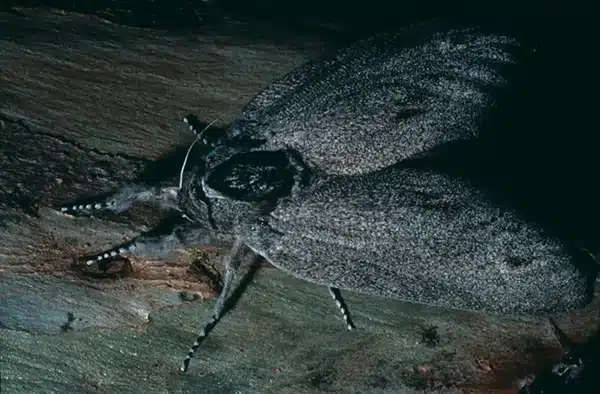
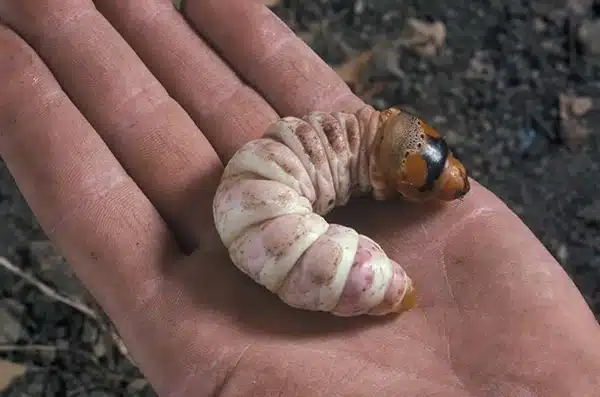
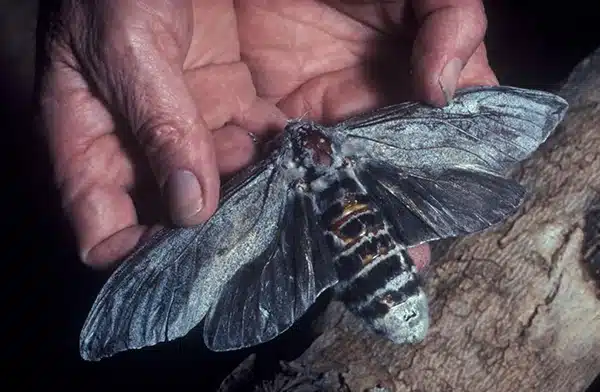
Before A. alta came along, the giant wood moth held the title for Australia’s heaviest insect – reaching weights of up to 30 grams and wingspans of 25 centimetres.
Found in coastal Queensland and New South Wales, the larvae spend years living inside eucalypt tree trunks feeding on the wood. The adults, who don’t eat at all, live only a few days – just long enough to mate and lay eggs.
Fun Fact: Female giant wood moths can lay up to 20,000 eggs.
3. Macropanesthia rhinoceros — The Australian Giant Burrowing Cockroach
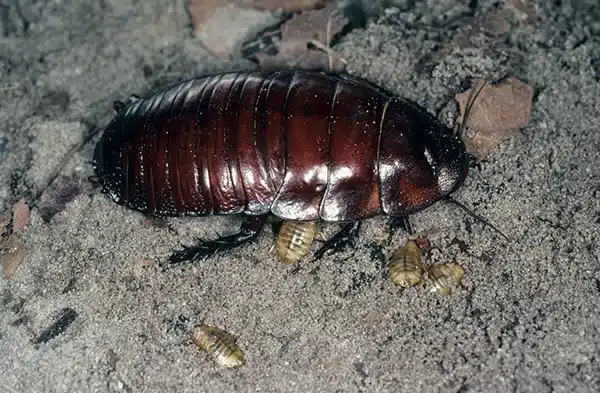
Don’t be quick to judge this one! This could be considered one of Queensland’s most misunderstood insects, the giant burrowing cockroach is completely harmless – and kind of adorable. It can grow to over 8 cm in length and weigh around 30–35 grams.
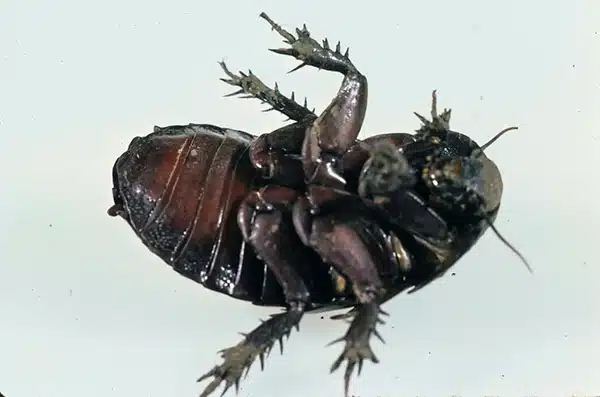
Found in dry woodlands, this cockroach lives in burrows, eats dead leaves, and plays an important role in forest ecosystems as a decomposer.
Queensland Museum researchers have studied this species for decades, and they continue to be a favourite in our Discovery Centre for education and public engagement.
Fun fact: These cockroaches can live up to 10 years and are unrelated to the American or German cockroaches that can be spotted in cupboards around Australia! They are one of the few insects that gives birth to live young which they then look after for up to six months.
4. Petalura ingentissima – The Giant Petaltail Dragonfly
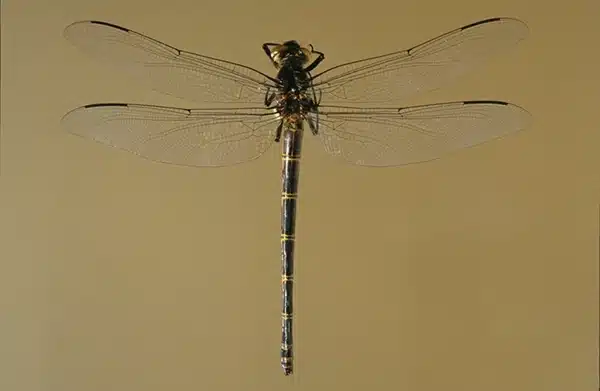
Image: Queensland Museum.
Known as the largest and heaviest dragonfly in the world, Petalura ingentissima, the Giant Petaltail, has a body length of 12 cm and a wingspan of up to 16 cm and weighs in at 2.71 grams. It’s part of an ancient lineage dating back more than 250 million years.
These rare dragonflies live in specific wetland environments, making them a vital indicator species for ecosystem health.
Specimens housed at the museum help scientists track environmental changes and understand how these prehistoric giants have survived for so long.
Fun fact: The giant petaltail was described in 1908 by Dr R.J. Tillyard, the species name Petalura ingentissima is derived from the Latin adjective ingens “huge”.
Queensland Museum’s Entomology Collection
Queensland Museum has the world’s largest collection of Queensland insects and includes specimens from all taxonomic groups of insects and their close relatives.
Our collection also includes The University of Queensland Insect Collection (UQIC), which was amalgamated with the museum’s collection in 2011.
Most of Queensland’s insect species have yet to be scientifically described and our collection contains many unnamed species – so it means our collection is actively used for taxonomic research by both in house and external researchers from around the world.
Collection Highlights
Queensland Museum insect collection:
- has approximately 3.9 million specimens
- more than 40,000 type specimens
- Approximately 290,000 specimens are registered and databased, which represents over 6 per cent of our collection.
- The world’s largest and best-identified collection of Australian dung beetles (native and introduced) – more than 95,000 data-based specimens of 457 species.
- One of the largest collections of Australian bees
- The E.N. “Pat” Marks collection of 35,000 mosquitoes
- The A.A. Girault collection of types of microhymenoptera, minute parasitic wasps, and thrips – around 5,000, are in the Queensland Museum insect collection
- The Dodd Family collection – a 100-year-old historically invaluable collection of drawers with artistically arranged specimens.
Learn more about our entomology research and how we’re helping to uncover Queensland’s hidden biodiversity.
Related Links
- Explore our Collection Online
- View some images of Queensland Insects
- Recent Scientific Publications
- What’s On at Queensland Museum Kurilpa
Read more:
